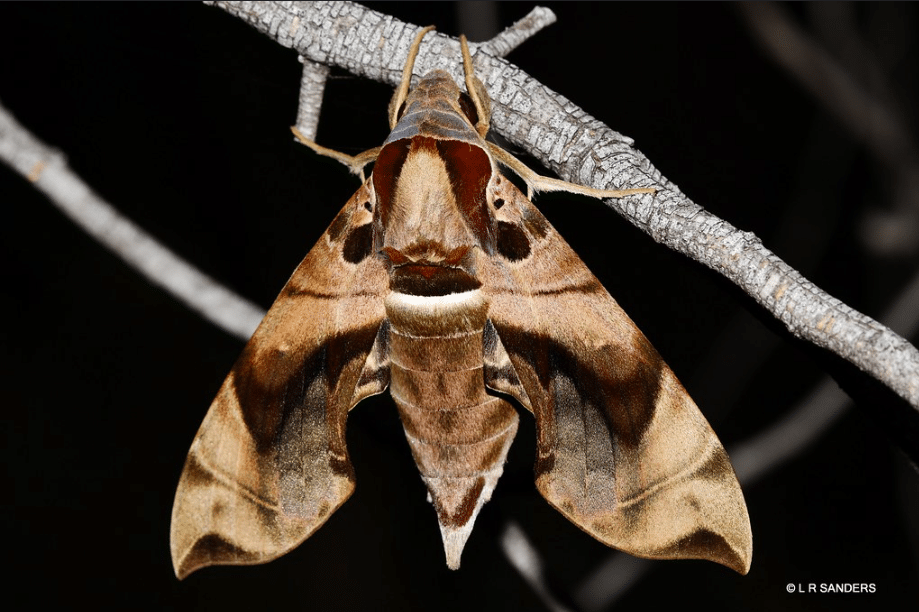You might remember Kalpana—I am happy to report that this year she celebrates her fifth rescue anniversary at Wildlife SOS. Formerly exploited and abused as a ‘begging’ elephant in Uttar Pradesh, Kalpana was rescued in 2019 and brought to the Wildlife SOS Elephant Hospital Campus (EHC) in Mathura for comprehensive...
Much has been written about the court decision that stopped the lethal drumlines in the Great Barrier Reef, but the story, specifics, and in some cases, the truth has been obscured by media hysteria and political point-scoring.
Media will embellish and catastrophise in their insatiable quest for clicks, and Queensland politicians will inculpate and point the finger as they look forward to elections now less than a year away. This is the nature of our society, but it’s critical that we rise above the din and recognise just what really happened.
On 30 June, 2017, Humane Society International (HSI) applied for a Review of Decision at the Administrative Appeals Tribunal (AAT), challenging the issuance of a 10-year permit by the Great Barrier Reef Marine Park Authority (GBRMPA) to the Queensland Department of Agriculture and Fisheries (QDAF) to operate a lethal Shark Control Program (SCP) within the boundaries of the Great Barrier Reef Marine Park. HSI challenged the decision on two points of fact: 1) Shark culling does not improve swimmer safety, and 2) Removal of apex predators (sharks) has a detrimental impact on the ecological health of the reef.
After an attempt for opposing parties to come to an agreement was unsuccessful, a hearing before the AAT was scheduled for 30 January 2019. The Tribunal heard testimonies from applicant and respondent expert witnesses in two and a half days of hearings in Brisbane.
On 2 April, 2019 the AAT handed down their decision in favour of Humane Society International, ending the use of lethal shark control in the Great Barrier Reef. The Tribunal found ‘overwhelming’ evidence that shark culling did not reduce the risk of shark bite, but did pose a risk to the health of the Reef. They went on to say that the lethal component of the SCP was “superficially attractive albeit unscientific,” and “out of step with national and international developments.” The court orders mandated that existing drumlines may remain in place, but that:
- drumlines were to be checked daily – to limit the death toll of wildlife,
- the target list of sharks to be shot and killed when found alive to be abolished,
- large tiger, bull, and great white sharks were to be tagged and relocated offshore when found alive on the lines.
In addition, the court mandated trials of SMART drumlines for implementation ‘progressively’ – by which fishers are notified when an animal is caught for prompt release or tagging and relocation.
Instead of taking the opportunity to modernise its Shark Control Program, QDAF refused to accept the ruling and filed an appeal with the Federal Court of Australia. They succeeded in securing a ‘stay’ on the AAT orders allowing the lethal program to continue until the appeal was heard.
On 15 August of this year, arguing that the AAT had overstepped their jurisdiction in their decision, QDAF’s appeal in the Federal Court was heard. A few weeks later, on 18 September, the Federal Court decided in favour of HSI and the AAT decision, throwing out QDAF’s appeal.
Following the decision, QDAF removed all 173 drumlines from the Great Barrier Reef, again citing an inability to adhere to court orders. Acknowledging the futility of further appeals, the Queensland Fisheries Minister has attempted to deflect the problem to the Federal Government and applied pressure to Federal Environment Minister, Sussan Ley, to change the Great Barrier Reef Marine Park Act, to allow them to circumvent the AAT orders and the Federal Court ruling in order to continue shooting sharks as they had been for 60 years. Fortunately, this pressure has been resisted and the Great Barrier Reef Marine Park Authority has issued a new permit for QDAF to operate the drumlines in accordance with the new AAT orders.
Continuing the story over the weeks following the Federal Court decision, is one of media hysteria and political mud-slinging. Then last week, two young men were bit in the Whitsundays, bringing the debate to a fever pitch.
The recent incidents in the Whitsundays dramatically illustrate the need for an updated modern Shark Control Program that can actually reduce the risk of shark bite. Since the beginning of the Shark Control Program, there has been 60 years of progress in technology and our understanding of shark behaviour, but in the zealous determination to continue culling, it is being ignored. Culling through the use of lethal drumlines could not have prevented any of the incidents in the Whitsundays over the last 12 months – but education, drone surveillance and the use of electronic shark deterrents could have.
A marine ecologist specialising in conservation, research and outreach, Lawrence has spent years working with wildlife, the ocean and the public to engender sustainable relationships between them. He has worked as a field biologist, environmental consultant, naturalist and project coordinator with a BA from the University of San Diego, and an MSc from James Cook University. Lawrence’s work at HSI is currently focused on shark welfare and protection, specifically in regards to culling and control programs, overexploitation, and international protection.


